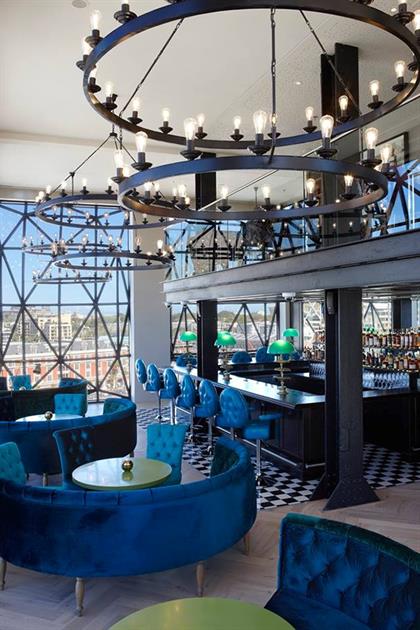

#TWO SILOS RESTAURANT HOW TO#
How to turn this into a mutually empathetic relationship?Ī good place to start is to understand and align the key drivers of the various business units. This was an early lesson in mutual empathy across an organization. The field organization was beyond frustrated that not only did we miss our targets, but another team was celebrating at our expense. However, because the product team denied us, since they were being measured on profits. Earlier in the month, we’d been working on some high-value deals, and we had requested additional discounts to meet competitive pricing. But those of us in the field were measured on revenues. You see, the product division was measured on profit. As field sellers, we were none too pleased. One day when I was working in field sales, I got a call from the VP of my company’s product division celebrating the fact that his product team all got bonuses for hitting their targets. Silo Example #1: Product Team & Field Sales Mutual empathy with an open dialog about needs led to a creative solution that met the needs of the state regulators, the business owners, and the community. While this is just one data point, and has to be used in context with the specific environment, it’s a new and innovative way to measure air quality which has already been adopted by other businesses. With 70 employees to take care of, and the business he built at risk, he was vocal about his needs.īy coming together with the state, they created a proxy for air quality by monitoring CO2.
#TWO SILOS RESTAURANT WINDOWS#
As reported in the Washington Post, the owner truly didn’t understand why he needed to shut down his indoor restaurant when he had huge windows that he could modulate to in effect create air flow equivalent to being outdoors.

One example is when the owner of a restaurant in Washington state, Railroad Pub & Pizza, was frustrated by having to shut down in the pandemic. Understanding and acknowledging the needs of both, and coming together to forge a creative solution that addresses the needs of both, is what mutual empathy is all about. them” scenarios, it’s not a matter of which “side” is right, but how to meet the needs of both. These are often juxtaposed as opposing forces: either shut down businesses and keep people safe, or open them up and put the population at risk.Īs in so many other “us vs. As the Covid pandemic continues to unfold, there’s a continued debate and discussion about safety and the economy. With this mutual empathy, we are both invested, we can hold each other accountable, and together we can achieve a better (and usually more creative) outcome.Īnd our current very complicated moment gives us a lot of opportunity to practice mutual empathy. Please understand and acknowledge what I want and need. I have worked hard to understand and acknowledge what you want and need. We started 2021 thinking about “mutual empathy.” It’s a framework we use to approach relationships, and it’s pretty simple.


 0 kommentar(er)
0 kommentar(er)
